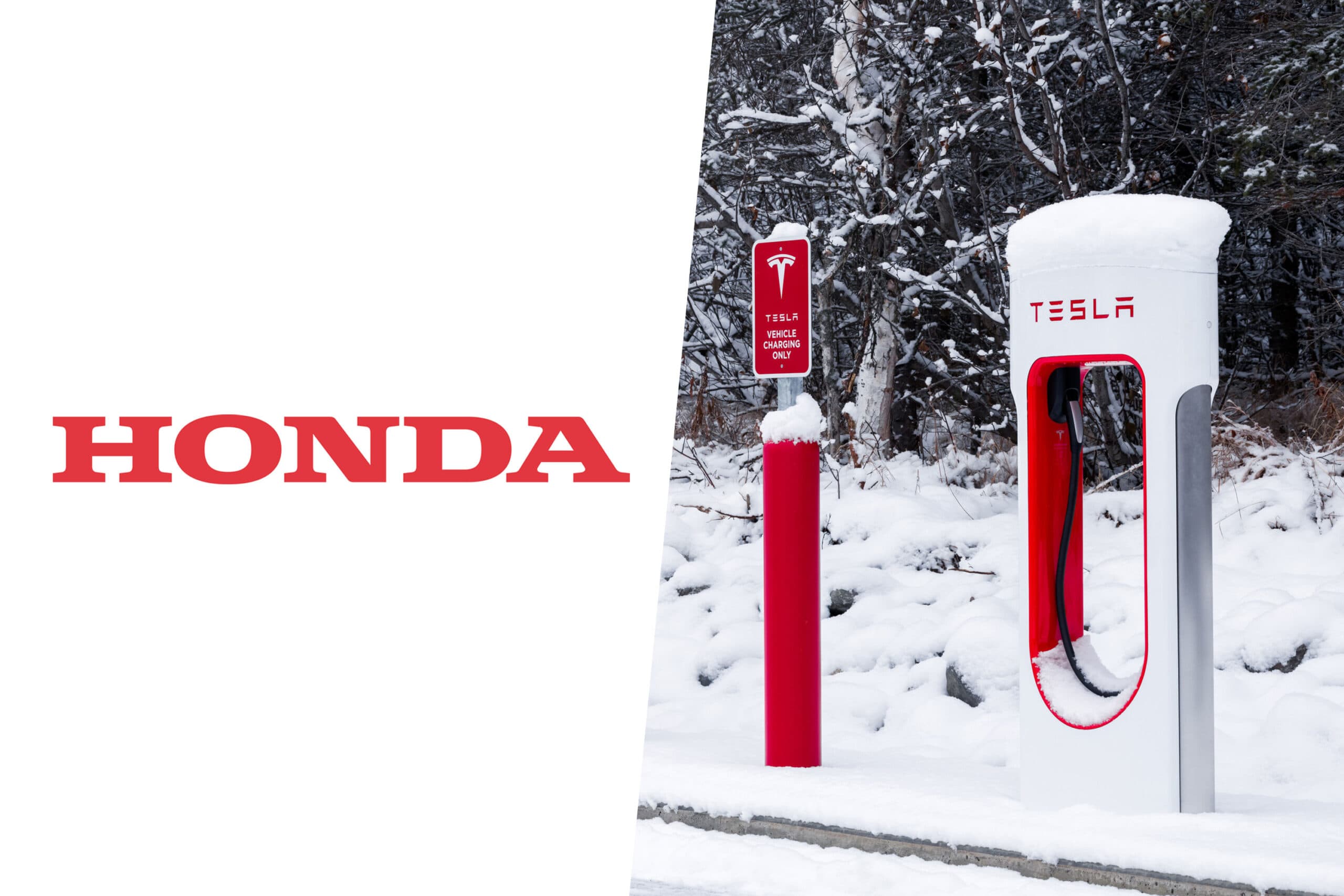Another major automaker is teaming up with Tesla. On Thursday, Honda announced it’s adopting the misleadingly named but increasingly important North American Charging Standard or NACS for short. This should give future Acura and Honda electric vehicles access to Elon Musk’s industry-leading Supercharger network for a dramatically improved ownership experience.
The automaker’s first North American EVs to feature an NACS plug are expected to hit the road at some point in 2025. Beyond that, Honda will utilize this charging port design on future electric models. EVs purchased before the switch-over date will still be fitted with Combined Charging System (CCS) ports, though the company is working to make these compatible with the increasingly ubiquitous Tesla plug.
This move should be great news for customers. Tesla Supercharger stations are far more numerous and reliable than other EV charging options, making this switch something of a no-brainer. The seemingly industrywide swing to NACS started back in late May when Ford announced it was making the switch, then, over the next couple months, GM, Mercedes-Benz, Nissan, Polestar and Rivian all followed suit, as did Electrify America. It was almost as if the proverbial dam had broken and partnering with Tesla was no longer taboo.
Switching to NACS is not the first major EV charging news Honda made this summer. Late in July, the Japanese automaker announced it’s partnering with six other automakers — BMW, GM, Hyundai, Kia, Mercedes-Benz and Stellantis — to build a new charging network in North America. According to Honda, “The joint venture is expected to be established this year, subject to customary closing conditions and regulatory approvals.”
The consortium of global carmakers is working to install some 30,000 charge points in both urban and highway locations, all with the goal of making it more convenient to live with an EV. This expansion will be critical, as electric vehicle sales in the U.S. are estimated by some to top 50% by the year 2030. Well ahead of that, if all goes to plan, the first stations should be open in both the U.S. and Canada by next summer.

